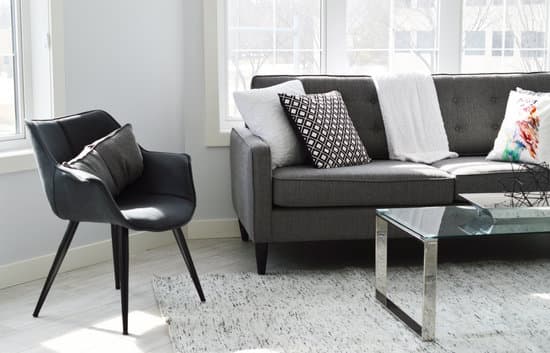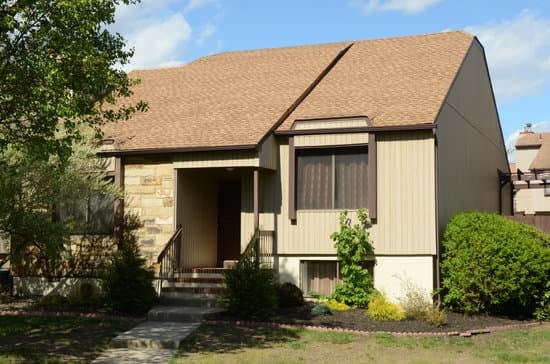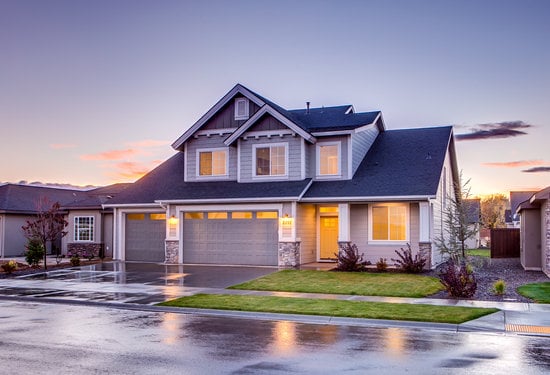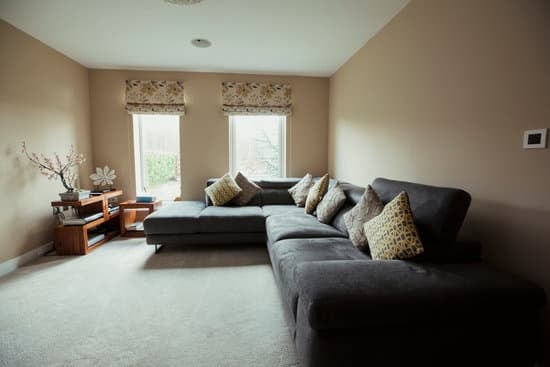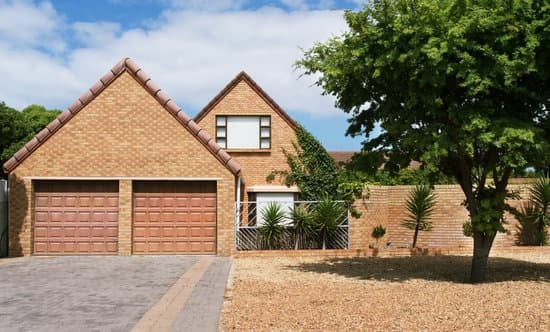Importance of Aligning Stove and Counter
One of the crucial aspects of designing a functional kitchen is the alignment of appliances, cabinets, and countertops. The stove and the counter are two key elements in every kitchen, and their alignment plays a critical role in ensuring efficiency and safety during cooking. When the stove and counter are not aligned, it can lead to discomfort, production difficulties, or even pose dangers to people. Therefore, it is essential to ensure proper alignment of the stove and counter, which optimizes the efficiency of kitchen space and delivers safe cooking experiences.Preventing Heat Damage to Your Counter
When the stove and counter are not aligned correctly, there can be some severe consequences. One of the most common problems that can arise when the stove and counter are not aligned is heat damage. The stove’s heat can radiate and damage the surface of the counter, leading to unsightly marks, cracks, or melting the laminate. To avoid these issues, the stove’s top should be aligned with the top of the counter or slightly higher if necessary to prevent scorching heat that is emitted from the cooktop destroying the counter in the course of time. Thus, measuring the height and adjusting the stove accordingly can prevent heat damage to the counter. Tip: Use heat-resistant materials, like granite or marble, to prevent heat damage from affecting the counter’s surface.Choosing Appliances Before Cabinet Measurements
Many people make the mistake of choosing the cabinets first and then the appliances. This method could work for some situations; however, it is always better to select the appliances before making cabinet measurements. This is because cabinet sizes will depend on the appliances you choose. Moreover, cabinet sizes cannot be readily adjusted after installation. Therefore, deciding on the appliance dimensions and placement in the kitchen can help homeowners design cabinets and countertops that work for them optimally. Key point: Always choose appliances first before selecting your cabinetry.Ideal Height for Stove and Counter Alignment
The ideal height for stove and counter alignment would depend on the user’s physical needs and personal preferences. However, the general consensus among experts is to align the stove’s top with the countertop’s surface or have the stove slightly above the counter to prevent heat damage. With this backdrop, the ideal height for stove and counter alignment would be around 36 inches. However, depending on the users’ height, this measurement could vary. Therefore, it is vital to take measurements to determine what works for each individual or household. Tip: Consider consulting with a kitchen designer or expert before deciding on particular heights and measurements.Benefits of Proper Stove Alignment
Proper stove alignment provides several benefits that enhance the kitchen experience. Some of which are:- Efficient use of kitchen space, which increases productivity during cooking.
- Prevention of heat damage to the countertop, which avoids costly repairs or replacements.
- Increased safety during cooking, which minimizes accidents associated with an unaligned stove and counter.
- Increase home value by creating an aesthetically appealing and functional kitchen.
Common Mistakes When Measuring for Stove and Counter Alignment
Measuring for stove and counter alignment is not a difficult task. However, some common mistakes can lead homeowners to make wrong decisions. Some of the common mistakes when measuring for stove and counter alignment include:- Estimating the height instead of taking actual measurements.
- Measuring with a curved tape measure or measuring tape that is not level.
- Not considering the thickness of the countertop during measurement.
- Improperly positioning the stove during measurement.
How to Adjust Stove Height to Ensure Proper Alignment
In some instances, the stove might not align correctly with the countertop. If this happens, the height of the stove can be adjusted to ensure proper alignment. To adjust stove height, follow these simple steps:- Disconnect the stove’s power supply.
- Remove the stove from its fixed position and position it in the new location according to your measurements.
- Adjust the height of the stove and lock it into the correct position.
- Connect the power supply and test the stove to ensure it is functioning correctly.





